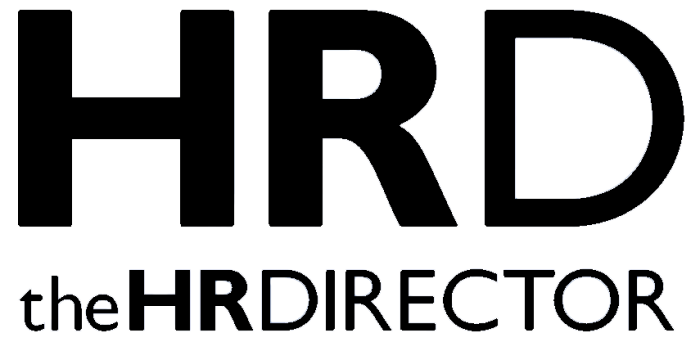Diversity, equity, inclusion and belonging (DEI&B) have quickly become workplace non-negotiables, with 72% of businesses in the UK believing that their approach to DEI&B has become even more important to their employees. Organisations must not only meet increasing expectations from stakeholders but also face mounting pressure to report on their DEI&B efforts.
And yet, even the most well-intentioned programmes will falter without one critical element: a culture that actively supports DEI&B strategies. While DEI&B focuses on representation, fairness, and inclusion, culture is the ongoing environment that determines whether DEI&B can take root and thrive. Culture is the DEI&B missing link – without it, no strategy, no matter how robust, can truly succeed.
Businesses that successfully implement DEI&B principles into the very fabric of their organisational culture stand to gain far more than a good reputation. For those that get it right, the rewards are undeniable; stronger, high performing teams, increased innovation, and a competitive edge that lasts. And when workplace culture is intentional, authentic and considered – and supported with the right people operations technology – it’s the foundation for long-term success.
DEI&B: How culture underpins success
At its core, DEI&B is about intentionally cultivating a framework of policies and practices that foster diversity, equity, inclusion, and belonging. In contrast, culture is the lived experience of employees within the organisation. It’s about how these principles are practised daily, creating an environment where employees of all backgrounds feel like they belong.
Without a culture underpinning these DEI&B principles, even the best-intentioned DEI&B programmes will fall short. For instance, Employee Resource Groups (ERGs), such as those for women in tech or ethnic minorities, provide a platform for underrepresented voices and promote DEI&B principles within an organisation. However, if ERGs exist within a toxic or unsupportive culture, their impact is diminished and efforts can be undermined.
Similarly, pay transparency and equitable access to development opportunities may exist on paper, but without a culture that champions fairness, employees may remain disengaged or distrustful. Instead, a healthy culture – reflected in leadership behaviour, team interactions and collective decision-making processes – takes these DEI&B initiatives from mere policies or initiatives into lasting, organisation-wide change.
The business case: Culture drives outcomes
The financial case for DEI&B is undeniable. Research from McKinsey’s ‘Diversity Matters Even More’ report highlights the clear economic benefits of DEI&B initiatives. Companies with gender-diverse leadership are 39% more likely to achieve above-average profitability, and those with high levels of ethnic and cultural diversity also outperform less diverse peers by 36%.
Belonging strengthens business success by encouraging a sense of loyalty and commitment among employees, leading to higher retention rates and reduced turnover costs. But these outcomes aren’t guaranteed – they rely on an intentional and supportive workplace culture. DEI&B initiatives set the stage, but culture sustains the performance.
A collective culture of collaboration and innovation within diverse teams lead to better decision-making and stronger outcomes. A culture that values inclusion ensures these shared experiences become the norm, not the exception, creating an environment where employees feel safe contributing their unique perspectives. It’s this consistent synergy between DEI&B and culture that drives measurable business results, from higher retention rates to increased profitability.
How the right technology bridges DEI&B and culture
Creating a thriving DEI&B culture isn’t just about principles; it’s about action – and technology can bridge the gap between aspiration and execution. While DEI&B goals are strategic and measurable, culture requires tools that actively shape behaviour, foster inclusion, and promote trust.
For example, workforce management solutions that accommodate employees’ physical, personal, and mental needs demonstrate a tangible commitment to inclusivity. These tools go beyond tracking metrics, and instead influence daily operations, sending a clear message that individual differences are valued and supported.
Transparency tools, such as integrated payroll systems, ensure fairness in pay equity, helping to build trust across teams. Similarly, demand forecasting and labour scheduling solutions foster inclusivity by adapting to employees’ unique circumstances, creating an environment where fairness is embedded within operations. These tools not only reinforce DEI&B principles but also contribute to a culture of trust and respect, where employees feel confident that their needs are considered.
Mobile platforms further support a healthy culture by facilitating participation in ERGs and enabling workforce-wide collaboration. By giving underrepresented voices a platform and encouraging open communication, these tools cultivate a sense of belonging and strengthen the cultural fabric of the organisation.
HR service delivery tools also ensure that all employees have access to DEI&B policies and procedures, empowering them to hold leadership accountable. This visibility goes one step further than simply reporting on DEI&B strategies, and helps align organisational actions with stated values, creating a culture of transparency and integrity.
Ultimately, workforce management tools go beyond helping organisations achieve DEI&B goals, playing a pivotal role in fostering a healthy workplace culture where fairness, inclusivity, and trust are consistently present.
Culture: The foundation of DEI&B success
DEI&B isn’t just about ethics or profitability; it’s about creating a culture where people and businesses thrive and succeed. Without an intentional focus on culture, DEI&B efforts risk becoming performative or superficial.
DEI&B establishes the framework for diversity, equity, inclusion, and belonging, but culture materialises this framework into a lived reality. It’s not just good ethics; it’s good business. But only when organisations prioritise authentically cultivating a workplace culture that supports these principles, can they truly reap the rewards of their DEI&B strategies.









